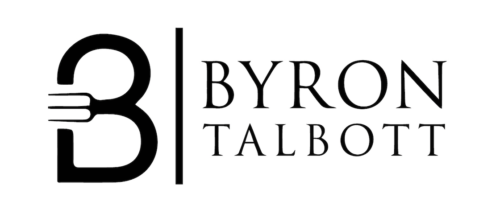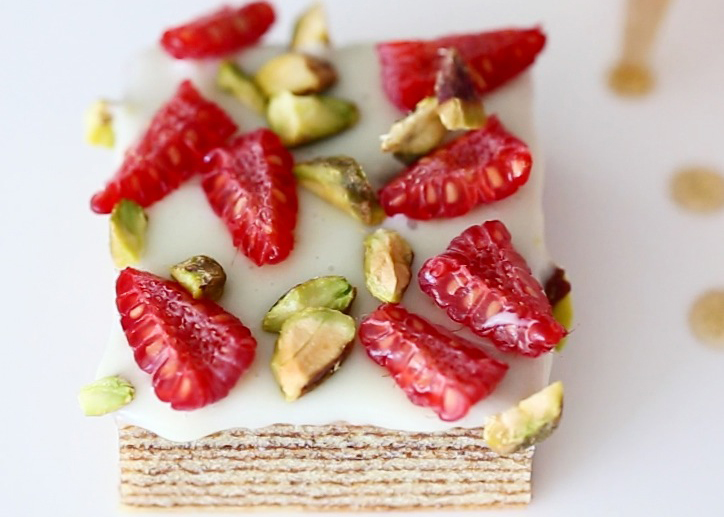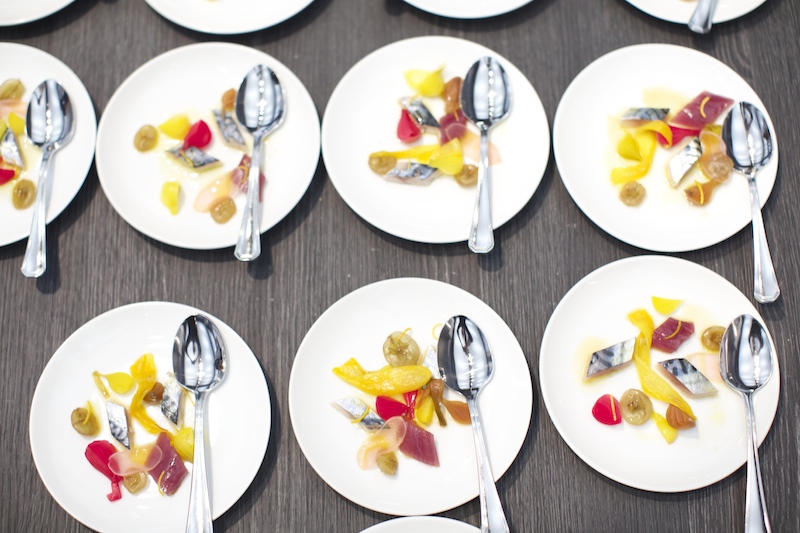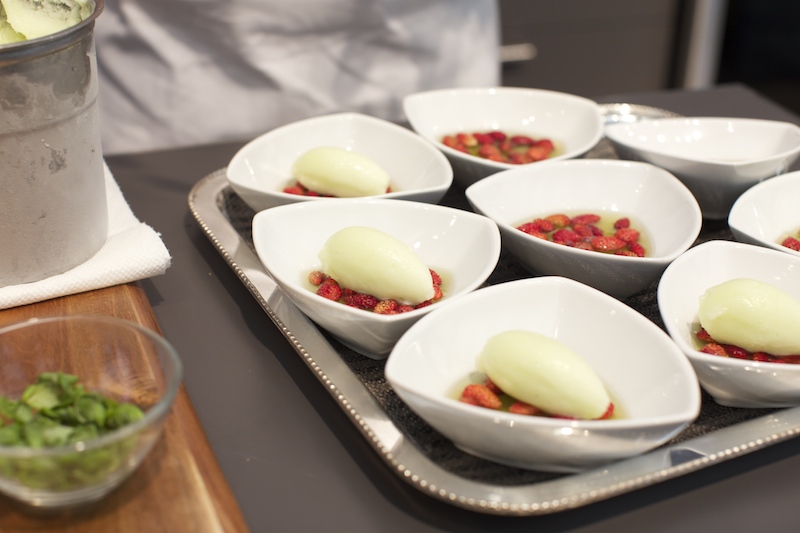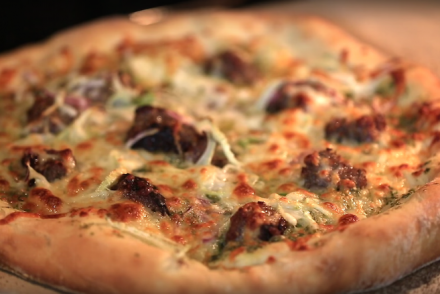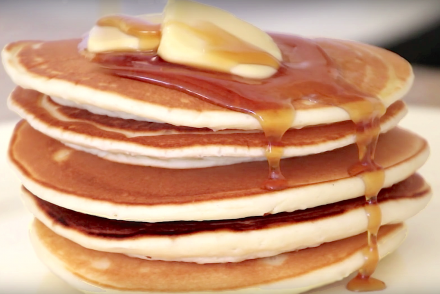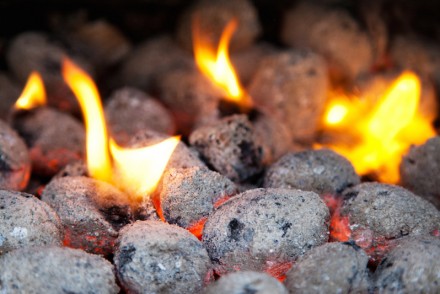If only one thing could be said about French Cuisine, from it’s origination to now, it has always strived to be better than its predecessors; both technically and creatively. The most distinguishable concept of French Cuisine goes back as far as the 1700’s when introduced at Versailles by King Louis XIV and his wife. Apparently a very trending family, as they also introduced Madeleines, they insisted the servers bring one dish at a time, creating not only the widespread use of silverware, but the concept of courses. Prior, food had been traditionally served on large platters at the center of the table; basically, “family style.”
This was just the beginning of French Cuisine evolving the way we prepare and consume food.
In the early 1800’s, Chef Carême changed the way we serve food, by serving each guest at the table an esthetically pleasing, course specific plating. A renown “food architect,” he plated in a way that made food edible art. He was the first of his kind to present food in this way and went on to contrive many elaborate dishes and recipes.

Then we had Auguste Escoffier (1846-1935), who simplified the recipes of his predecessor, Carême, in a way that made French cooking more achievable and modernized the way kitchens are run, to make cooking more efficient. He was “a French chef, restaurateur and culinary writer who popularized and modernized traditional French cooking methods,” by perfecting “Haute Cuisine,” also know as “high dining,” or fine dining. It was the beginning of chefs joining forces commercially, to give fine diners an experience they would not soon forget; that is, several courses of expertly prepared and artistically plated dishes.
As part of making this “Haute Cuisine” a reality, Escoffier developed the Brigade System, which divided the kitchen into five prep sections; ‘the “garde manger” that prepared cold dishes; the “entremettier” prepared starches and vegetables, the “rôtisseur” prepared roasts, grilled and fried dishes; the “saucier” prepared sauces and soups; and the “pâtissier” prepared all pastry and desserts items.’ This gave chefs the responsibility of preparing a component of the meal, rather than the whole meal. This method allows for the chef preparing meat to give his whole focus to preparing the best possible meat, and allows the sauce chef to prepare the best sauces and soups, and so on…The chefs then combine their feat to compose one dish made of immaculately, and separately prepared components. This process surprisingly cuts down prep time and has become the mainstream way of running a kitchen.
Even this brief history should shed light on just how much French Cuisine has evolved the way we prepare food worldwide. Obviously the catalyst of many other cuisines and cooking techniques, it is a vital component to cooking as we know it and has made fine dining accessible.
As chefs, making great food easily accessible is an everlasting goal.
